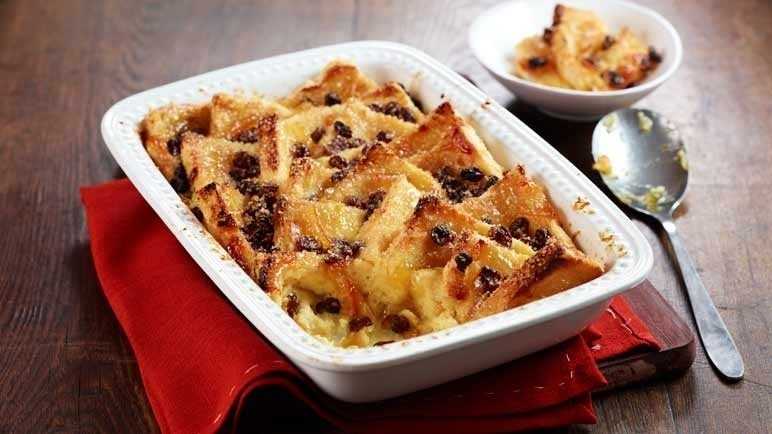Do you know which is the one aspect of the Regency Era that we rarely pay attention to?
Food!
How could we, I wonder…
We are so caught up in imagining elaborate gowns, grand halls, and heart-stopping romances that we fail to notice one of the most important parts of Regency culture. Of any culture, for that matter!
Part of our connection with food does come from our primitive animal brain. Having a strong desire and connection with food makes seeking it out a priority.
For humans though, it goes further.
Food is love.
From our mother’s breast milk that nurtures us during those crucial first months of our lives to grandma’s baked pies that we weren’t allowed to eat until it had cooled down, food is a way we connect and show love for others.
You know the rule, right?
When a significant other offers to cook for you, then my dear, things are serious!
Food is memory.
You cannot tell me that certain flavors and smells don’t send you back to particular moments in your life. We apply so much emotional importance to food, it only makes sense that it would become an important part of our memory, inextricably connected to certain moments in time.
Most, if not all, important events in our lives, whether good or bad, are connected to food in one way or another. Weddings, funerals, birthdays, career success. We gather and we celebrate -or comfort each other- around a table.
Food has the ability to activate multiple senses—smell, sight, and of course taste—to help us remember some of life’s most meaningful and magical moments.
And why would the people of the Regency Era be any different?
How many romances started during dinner? Or while drinking a hot cup of tea? What about offering a box of rich chocolate?

That’s why today, my wonderful adventurers in our world of all things Regency, I’ve assembled something special.
This is for all you foodies out there!
(But let’s be honest here, who doesn’t love food?)
A complete menu straight from a Duke’s kitchen, including a main dish, a side, a dessert, and a beverage.
Shhh! The Duke’s cook gave me her recipes in confidence so don’t tell anyone! 😉
Georgian England was famous for its beef. People loved it and Jane Austen loved it too! I don’t know about you, but it seems that the ever-famous Mr. Darcy had quite an appetite for it!
Georgians used every part of the animal, each used to prepare different dishes. Soups, pies, sausages, ragout, and of course, steaks!
Recipe:
Number of servings: 4
Melt one tablespoon of butter in a large skillet over a medium to high heat. Add your steaks and salt and pepper them to taste. Fry them 3-5 minutes per side, turning once, until they are completely brown and crispy. Remove them from the pan to your serving plate
Add the broth to the pan and allow it to come to a boil. Roll the remaining tablespoon of butter in the flour and add to the hot broth, stirring well to avoid lumps. Add the shallots, salt and pepper to the gravy and boil them all together for 2 minutes. Pour this sauce over the steaks and serve them immediately.

Alright, this is one of my favorites!
Eggs? Check!
Pork? Check!
Sage? Check!
Bread crumbs? Check!
Seriously, what could possibly go wrong?
As simple as these ingredients might seem, the end result will positively excite you!
Get those pots and pans ready!
Recipe:
Number of servings: As many as you make!
(You’ll be making a lot of these…trust me…)
Roll each hard boiled egg in flour. Form a large, flat patty out of 2 ounces of the sausage. Carefully work the sausage around one of the floured eggs. Repeat with other eggs. In a shallow bowl, mix together the bread crumbs, sage, salt, and pepper. Dip each sausage egg in the beaten egg and roll it in the bread crumb mixture. Heat 1 to 2 inches of vegetable oil in a 3 quart saucepan to 360 degrees. Fry the eggs in the oil 4 to 6 minutes. Serve hot or at room temperature.

A recipe as easy as they come, but definitely one delicious treat!
Bread and butter pudding is a bread-based dessert popular in many countries’ cuisine, including that of Ireland, Great Britain, France, Belgium, Puerto Rico, Mexico, Malta, Argentina, Louisiana Creole, and the southern United States.
There is no fixed recipe, but it is usually made using stale (usually left-over) bread, and some combination of ingredients like milk, egg, suet, sugar or syrup, dried fruit, and spices such as cinnamon, nutmeg, mace or vanilla. The bread is soaked in the liquids, mixed with the other ingredients, and baked.
This recipe for “Bread and Butter Pudding” comes from Maria Eliza Ketleby Rundell’s “A New System of Domestic Cookery”, 1814, and features currants in a starring role.
Recipe:
Number of servings: 1 – 2 depending on how much you eat.
Spread the butter over the bread slices. Oh, please be generous. Carefully arrange the bread slices into a lightly buttered baking dish and sprinkle them with raisins or currants. In a bowl, combine the milk, the whipping cream, the vanilla and the egg. Pour ¾ of it over the arranged bread slices and then sprinkle sugar over them. Let the bread soak for a few minutes before pouring the rest of the egg mixture. Bake in a preheated oven of 160C in a water bath for 40-45 minutes or until a knife inserted comes out clean.
Let the bread soak and soak, then pour the balance of the custard in.

Negus, a beverage made of wine, hot water, lemon juice, sugar, and nutmeg was created by Colonel Francis Negus in the early 18th century. Though Col. Negus died in 1737, his namesake drink remained a popular fortifier on cold evenings. During the early Regency Era it was practically expected, along with White Soup at balls.
Recipe:
To every pint of port wine, allow 1 quart of boiling water, ¼ lb. of sugar, 1 lemon, grated nutmeg to taste.
Put the wine into a jug, rub some lumps of sugar on the lemon-rind until all the yellow part of the skin is absorbed, then squeeze the juice, and strain it. Add the sugar and lemon-juice to the port wine, with the grated nutmeg; pour over it the boiling water, cover the jug, and, when the beverage has cooled a little, it will be fit for use.
Negus may also be made of sherry, or any other sweet white wine, but is more usually made of port than of any other beverage.

Well, well!
Aren’t you just dying to run to the kitchen and make these?
I know I’d like a bit of butter bread pudding right now.
And a cup of negus…or two…or three!
What are you waiting for?!
Get the pots and pans out!
Written by Hanna Hamilton

 Share this book
Share this book